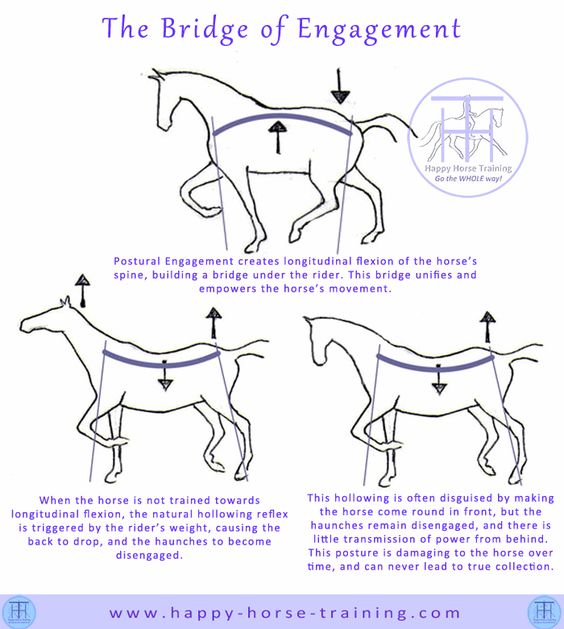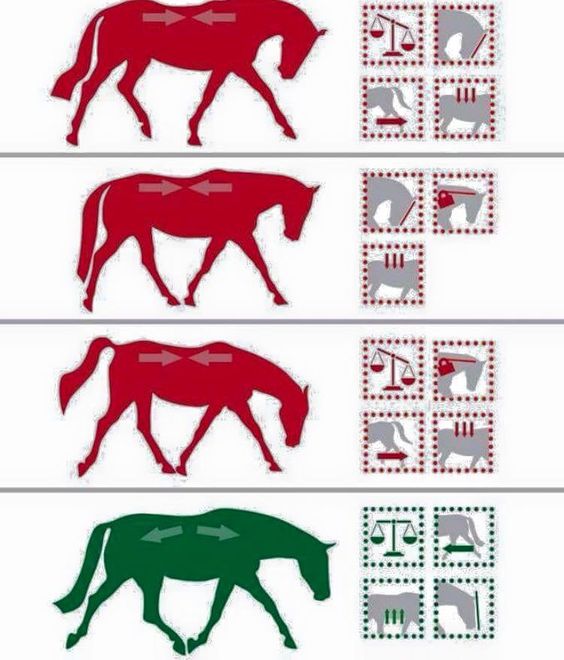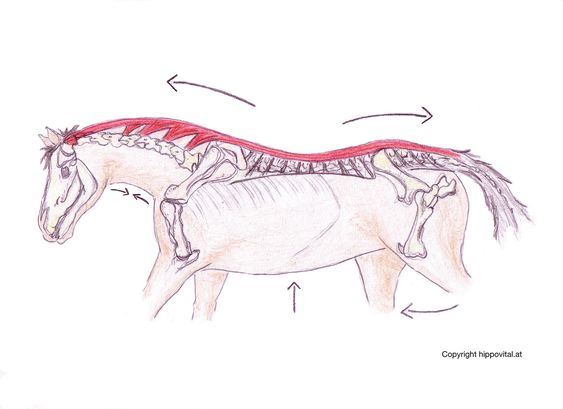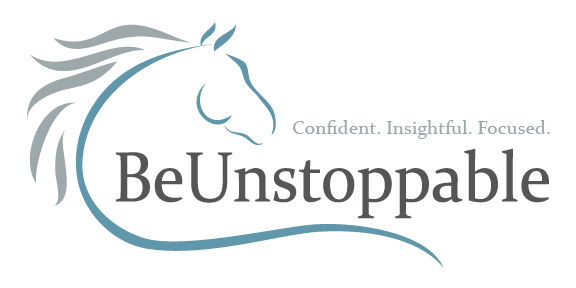When a horse is soft (resistance-free) in the face, you can communicate through his whole body right down to his feet through your reins and seat.
I always strive to “connect their lips to their hindquarters” meaning that when I picked up a rein, I could feel them engage their hindquarters, soften their poll and allow me to connect to all 4 feet.
The horse needs to learn to respond to every nuance of pull, kick, nudge from the rider.
In response, to the degree the rider can feel every softening (lessening of resistance), every try, is the degree the rider is “connected” to the horse. Then, it’s a matter of interpreting the horse’s response to determine if he can handle more pressure, is mad vs confused, hardheaded or a bit slow to process, etc. But the rider has to be able to feel those responses before she can interpret them.
Both of these components comprise what we call “feel”. To some degree, feel is intuitive. Either you have it or you don’t, but it can also be learned.
When we try to teach a horse collection, it is by very tiny, incremental degrees, with the slightest try being rewarded with a release of the pressure we’re applying. It is by that release that they learn, not the application of our aides.
If we miss that small give and fail to release, there’s no incentive for the horse to try next time. They learn to hang on us as we hang on them, both of us getting duller and number (and both probably getting madder and madder!)

For collection, we’re trying to get our horse to operate in a more compact box, not pushing on the bridle or either of our legs and willingly driving up from behind all at the same time.
We accomplish this “shortening of their wheelbase” by making them reach their hind feet further up under themselves, causing their hips to lower, the abdominal muscles to contract causing their backs to raise and round. This elevates their shoulders and causes their neck to lower and curve, allowing them to break at the poll and carry their head at the vertical.
All of this, just to shift the center of gravity a few inches back from its normal spot right at the cinch area. This allows the horse to balance more on its hindquarters making him more agile and quicker moving the front end.

When a horse isn’t willing to learn to respond to our cues, unfortunately, it’s usually the rider failing to give clear, understandable signals (appropriate for the horse’s level of education) and/or failing to release when a try is offered.
If we do release when the horse tries, we’re making what we want easy and desirable, and what we don’t want more uncomfortable. That’s the #1 premise of horse training.
So, if your horse starts to feel confused, instead of thinking he’s dumb or not trying, be sure you’re “explaining” what you want on the level of explaining something to a child. Then reward the try with a nice release, allow a short recovery before asking again.
In the beginning, you’ll only be asking for a stride or two. This helps the horse understand that if he complies, the release is right around the corner. He’ll be more willing to try the next time. And as his “infrastructure” gets stronger, he’ll be able to hold his frame together longer and longer.
When there is little or no physical or mental resistance, you won’t feel any heaviness on the bridle as his back rounds and lifts, and he responds from head to tail.
It’s a pretty awesome feeling of strength and coordination as they gather up under you, ready to do whatever you ask for next.
Interestingly, collection causes even the worst moving horses to be more comfortable and balanced making them much nicer to ride. Therefore, a worthy goal for any riding discipline.


I don’t think the title of your article matches the content lol. Just kidding, mainly because I had some doubts after reading the article.
Your article helped me a lot, is there any more related content? Thanks!
Your article helped me a lot, is there any more related content? Thanks!
Your article helped me a lot, is there any more related content? Thanks!
Great graphics Sandy. Can you suggest exercises for ‘reaching the hind feet up underneath’ without pushing on the bridle too heavy? Also, how much collection would you expect out of a 2 yr old with 30-60 days on them-hard to balance getting and maintaining forward motion and good attitude and asking for collection-plus it’s hard work for colt. What would this look like? Thanks
The greener they are, the less you ask for and more especially the shorter the amount of time before the release. Transitions to and from all gaits are helpful. Driving a horse up into and through the arena corners is good too. Lots of steering, lateral work (sidepassing, leg yields, two tracking on a diagonal) at the trot and lope, turn on the forehand are all therapeutic. When you drive your horse and create impulsion from your legs and seat, just keep your hands alive and soften their face so they don’t try to go through the bridle. If they… Read more »
Super clear and helpful.
Thank you Linda!